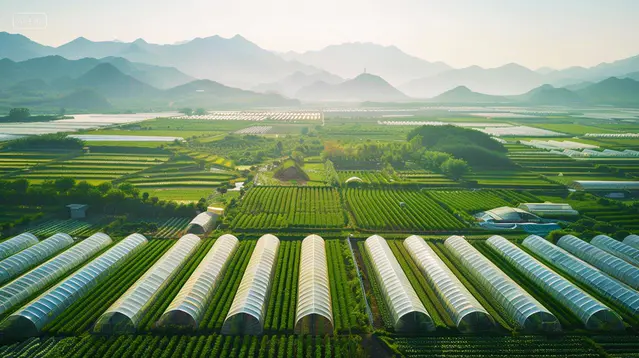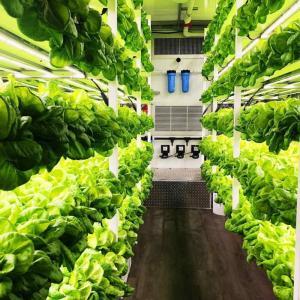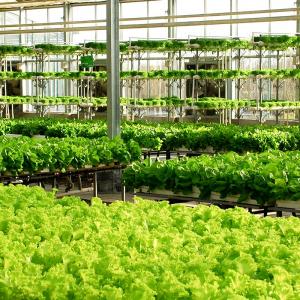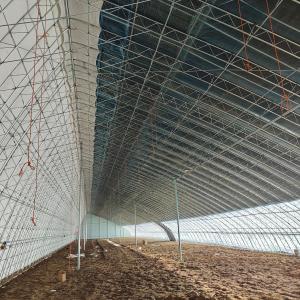Top 3 Greenhouse Covering Materials: High Light Transmission & Long-Lasting Options
Multi-span greenhouses are core carriers of modern protected agriculture. With the advantages of industrialized and mechanized operations, they have become the preferred choice for efficient agricultural production. Today, we will detail three common covering materials for the tops of multi-span greenhouses and their core characteristics, providing references for agricultural production planning.
I. Plastic Film
Plastic film is the most cost-effective and practical covering material for multi-span greenhouses, widely used in agricultural production. Its core advantages are prominent: it is lightweight and flexible, enabling convenient and efficient installation without complex construction processes. Meanwhile, it has a low cost, effectively controlling initial investment. However, as a plastic product, it has an obvious drawback—short service life, generally 3 to 5 years, requiring regular replacement. The industry mainly classifies it into two types based on functionality: PE film has excellent thermal insulation but relatively low light transmittance, making it more suitable for warm and humid regions with high thermal insulation needs; PO film, on the other hand, features high light transmittance and comes with anti-dripping and anti-fogging functions, which can reduce the impact of moisture condensation in the greenhouse on crops, making it more suitable for planting environments with high light requirements and large temperature differences.
II. Polycarbonate (PC) Sheet (Sunboard)
Polycarbonate (PC) sheet, also known as sunboard, is a covering material that balances performance and practicality. It has common structures such as 2-layer, 3-layer, and honeycomb panels, among which the 2-layer structure is most widely used in agricultural scenarios. Its core advantages include: excellent light transmittance, meeting the light needs of most crops; lightweight—an 8mm thick PC sheet weighs only 1.4~1.5kg per square meter, exerting little pressure on the greenhouse's load-bearing structure; and solid structure with strong impact resistance, offering better durability than ordinary plastic film. Its disadvantage is that as a plastic product, its service life is about 10 years, requiring timely maintenance and replacement according to the service life. When selecting, it is advisable to focus on the product's raw material quality, weight specification, and brand reputation, which can significantly improve its aging resistance and usage stability.
III. Glass
Glass is the mainstream covering material for high-end intelligent multi-span greenhouses, and has become the first choice for modern agricultural parks due to its excellent performance. Its core advantages are extremely prominent: the light transmittance can reach up to 97%, and the light transmission performance is stable for a long time without attenuation over use, providing sufficient and uniform light for crops; in addition, functional diffused glass is available. However, glass also has obvious drawbacks: it is relatively heavy, requiring a stronger load-bearing structure for the greenhouse and supporting a more robust support system, thereby increasing the overall construction cost. Glass has a variety of classification dimensions: according to thickness, it can be divided into 4mm and 5mm conventional specifications; according to functionality, it can be divided into ordinary white glass and diffused glass; according to light transmittance, it covers multiple grades from 87% to 97%. The price of glass varies greatly among different specifications, which can be flexibly selected according to planting needs and budget.





